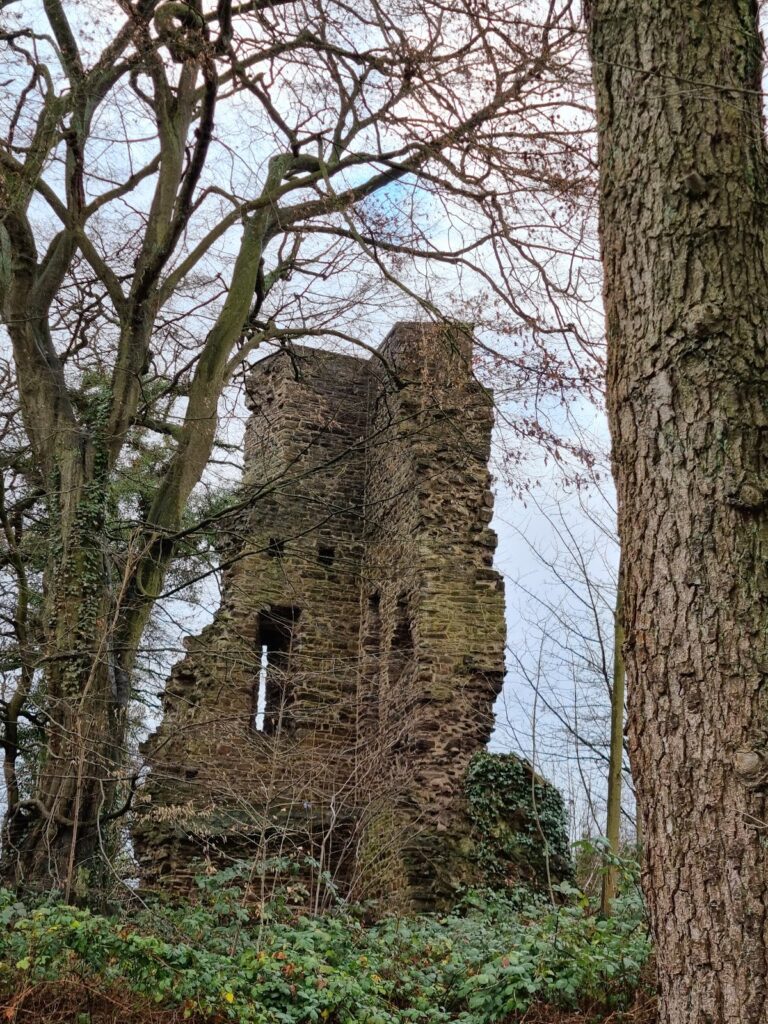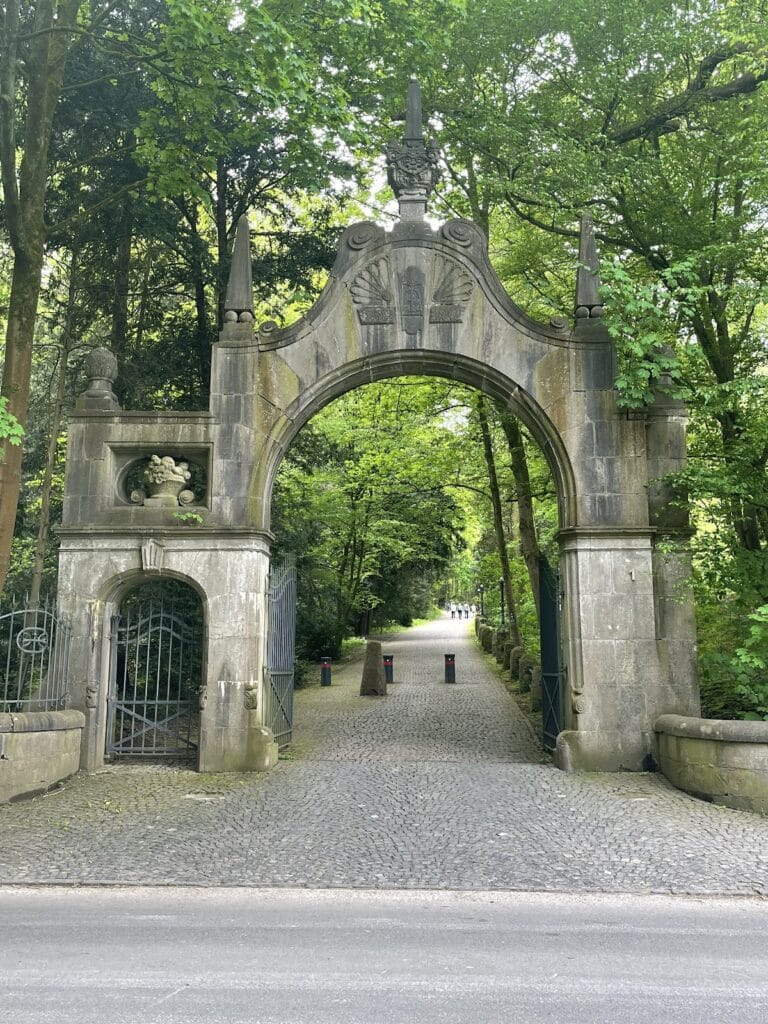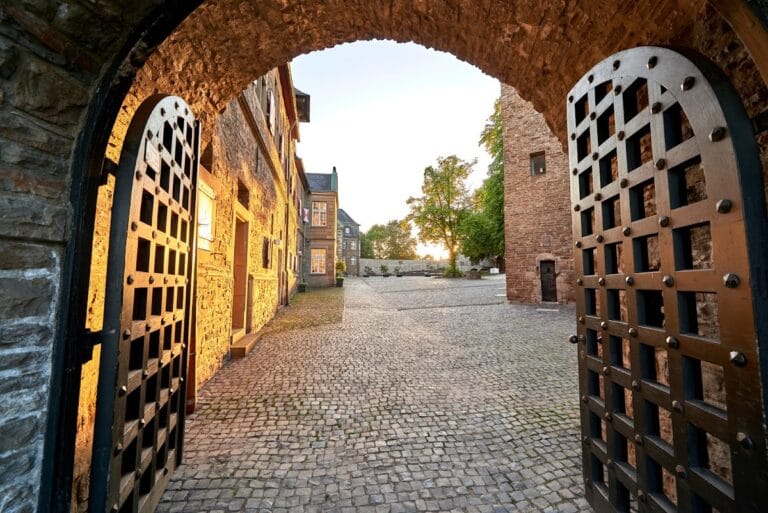Alteburg: An Early Medieval Castle Complex in Essen, Germany
Visitor Information
Google Rating: 3.5
Popularity: Very Low
Google Maps: View on Google Maps
Country: Germany
Civilization: Unclassified
Remains: Military
History
Alteburg is a castle complex situated in the municipality of Essen, Germany. It was established during the early medieval period by a civilization rooted in the Carolingian era, with origins tracing back to before 801 AD.
The earliest clear evidence of Alteburg’s existence dates from a document associated with Werden Abbey, founded by Saint Liudger in 799. This 801 record refers to a “Burgbach,” or castle brook, indicating that the castle was already present as an important landmark in the region at that time. The site likely began as a fortified settlement in the 8th century and was constructed or adapted using building techniques associated with the Frankish people, although whether it was initially built by them or later acquired remains uncertain.
During the 8th and 9th centuries, the castle saw active use and development. Archaeological finds such as pottery shards in the outer bailey—an enclosed outer courtyard—show the area was inhabited or frequented during these centuries. A notable phase involved the adaptation of the site into a more robust defensive structure, incorporating advanced mortar-bound stone walls that reflect Carolingian architectural influence.
While the castle was significant in its time, detailed records of rulers, military conflicts, or administrative functions at Alteburg are not preserved. The site seems to have played a sustained role through early medieval times, with evidence pointing to ongoing occupation and modification. Research continues to clarify its precise historical role and chronology, supported by more recent archaeological work that deepens understanding of its development through centuries.
Remains
The Alteburg site consists primarily of a large main enclosure and an adjacent outer bailey, which together cover a total area of roughly four hectares. The main castle area was heavily fortified and shaped in the form of a ring wall, a circular defensive earthwork typical of early medieval fortifications.
Within the main castle, excavations have uncovered a southern section of the fortification wall approximately 1.90 meters wide. This wall features a double-shelled construction made of blocks quarried from Ruhrsandstein, a local sandstone, held together with clay-based mortar. The presence of a leveled surface at the gate passage suggests careful engineering to facilitate movement into and out of the castle complex. These stone walls date to around 800 AD and align closely with Carolingian building traditions.
Further structural complexity appears in the northern section of the ring wall, where a right-angled bend reveals an earlier type of fortification constructed from wood and earth. This wall style, marked by post frameworks supporting earthworks, reflects a more ancient technique often found in prehistoric and early historic defensive sites.
The outer bailey near the street named “An der Alteburg” covers a significant area, but its original earthworks have largely eroded or been obscured over time. Nevertheless, archaeological work has identified numerous pottery fragments from the 8th and 9th centuries here, indicating sustained use or visitation during the castle’s early medieval period.
Excavations throughout the 20th and 21st centuries, despite wartime losses of some records and artifacts, have provided charcoal samples dating not only to the early medieval period but also to much earlier times including the Neolithic, Middle Bronze Age, and Roman Imperial era. These finds suggest a long tradition of human presence at the site, although the connection of earlier remains to the castle’s fortifications requires further investigation.
Today, Alteburg is protected as a historic monument. Much of the site remains undeveloped and inaccessible to the public, preserving its archaeological integrity for ongoing study and future generations.







